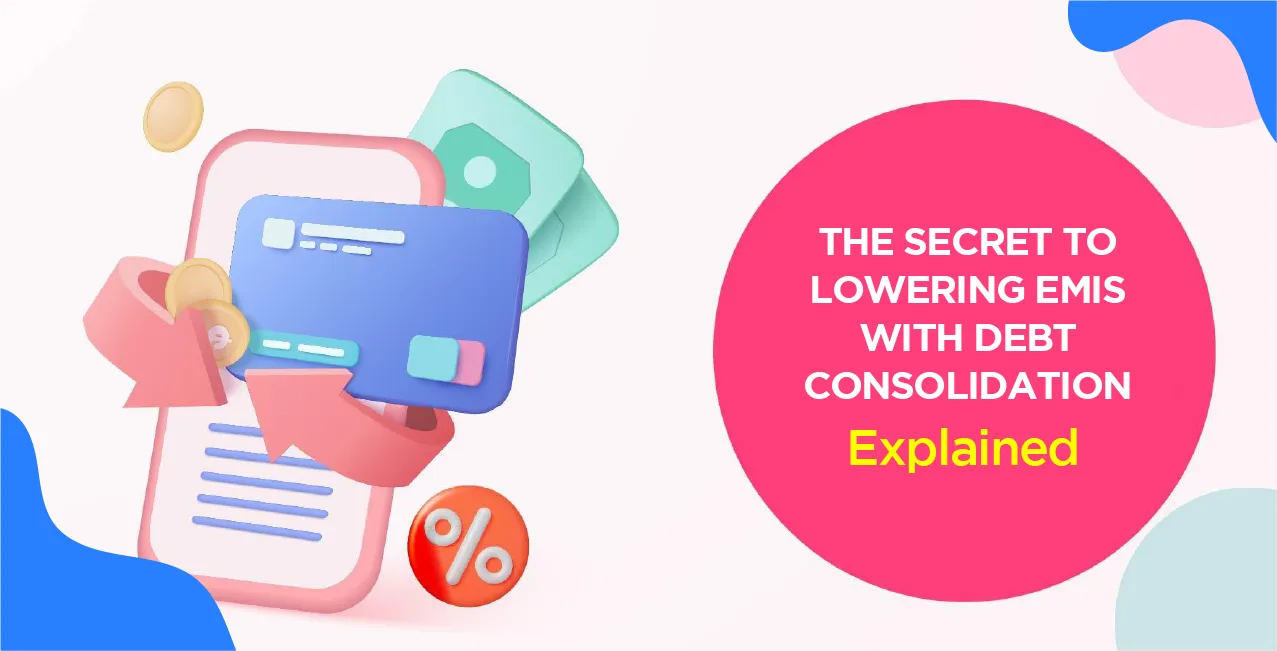The Time Value of Money (TVM) is a basic financial idea that says money you have today is worth more than the same amount in the future. This is because you can invest it to earn interest, and over time, inflation and risk can reduce the value of future money. People use this concept when making decisions about investing, borrowing, valuing a business, or planning for the future.
A Story of Choices: Anjali’s Smart Decision
Anjali, a 28-year-old marketing executive in Mumbai, had a choice. Her employer offered her either ₹1,00,000 as a bonus right now or ₹1,10,000 after one year. The second option seemed better at first, but Anjali wanted to be sure. She worked out that if she took ₹1,00,000 today and put it in a bank account earning 6% interest per year, compounded every six months, she would have about ₹1,06,090 after one year.
She also knew that inflation was around 4%, which meant ₹1,10,000 in a year would only be worth about ₹1,05,769 in today’s money. So even though the second option looked bigger, the first option gave her more value. Anjali took the money right away, knowing she could use or invest it wisely. This shows why understanding the time value of money matters; money you have today is usually worth more than the same amount in the future. In this blog, you’re going to learn about the Time Value of Money, how to calculate it using simple formulas, and how it applies to real-life situations like saving, investing, and everyday financial decisions.
Key Formulas: How to Calculate Present and Future Value?
To understand how money grows over time or what future money is worth today, you need to use two important formulas: one for Future Value and one for Present Value.
The table below shows these formulas with easy examples.
- PV = Present Value
- FV = Future Value
- i = Interest rate (decimal)
- n = Number of years
For example, if someone offers you ₹1,00,000 now or ₹1,10,000 next year, these formulas help you decide what’s best based on the interest you could earn.
Using these formulas helps you make better decisions with your money, whether you want to know how much your savings will grow or what a future payment is really worth today.
Why Time Value of Money Matters in Financial Decision-Making?
We often face choices about money: should we take it now or later, invest it, or borrow it? The time value of money helps us compare these options.
Here's a table showing real examples of how it works in everyday financial decisions.
By using the time value of money, you can make better choices with your money, whether you're investing, borrowing, or saving for the future. It helps you see the true value of every rupee, both today and tomorrow.
Real-Life Applications of Time Value of Money in Personal and Business Finance
If you understand the time value of money, it will help you make better decisions with your savings, loans, investments, and business plans.
The table below shows how you can use this concept in real life, with simple examples and helpful tips.
By using the time value of money, you can make smarter financial choices if you're saving for the future, paying off debt, or running a business. It helps you see the real worth of money over time and plan better for what’s ahead.
Conclusion
The Time Value of Money is a simple but powerful idea: money you have now is worth more than the same amount in the future. This is because money can grow when invested and lose value due to inflation. By understanding TVM, you can make better choices in saving, investing, borrowing, and long-term planning, both in personal life and business.
FAQs
1. Why is ₹1,000 today worth more than ₹1,000 next year?
Because you can invest today’s ₹1,000 and earn interest. In a year, it could become ₹1,050 or more. Also, inflation might reduce what you can buy with ₹1,000 in the future.
2. How can I use TVM in daily life?
You use it when saving for retirement, deciding between loan offers, or even choosing a lump sum over monthly payments. It helps you compare what money is worth at different times.
3. Is TVM only useful for big businesses or finance experts?
No, anyone can use it. Whether you’re saving for a holiday, planning your child’s education, or paying off a loan, TVM helps you make smarter money decisions.
4. What’s the easiest way to calculate TVM?
You can use free online TVM calculators or Excel. Just enter the amount, interest rate, and time, and the tools will show you the present or future value in seconds.
Other Related Pages | |||





